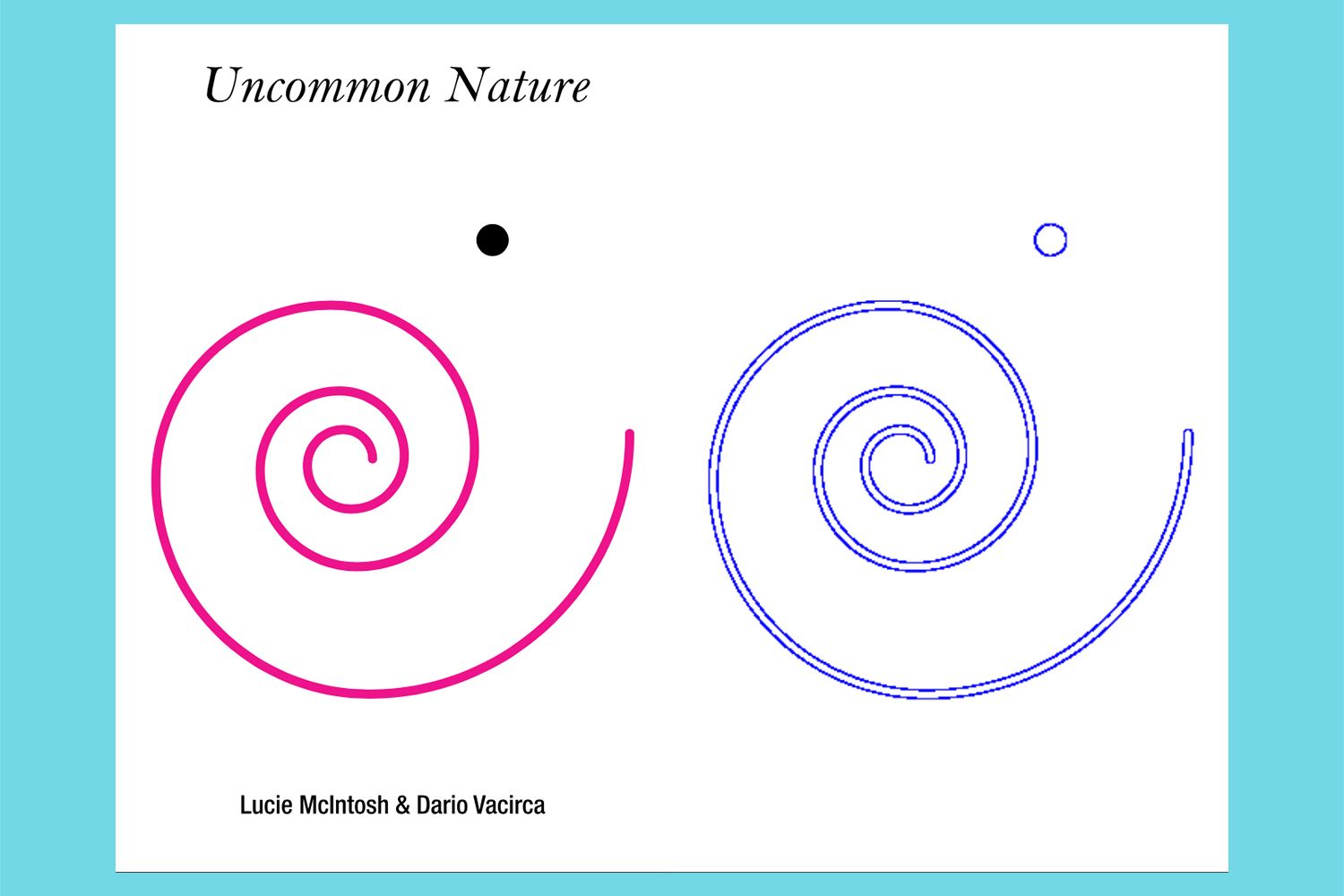

Uncommon Nature
Martina Amati, Rä di Martino, Jonathas de Andrade, Panisk Organisk Kompagni , Marjolijn Dijkman, Berit Dröse , Budhaditya Chattopadhyay
1 Jun–31 Jul 2019
In his book, Wild Mind, eco-philosopher, Bill Plotkin argues that we are “being summoned by the world itself to make many urgent changes to the human project, but most central is a fundamental re-visioning and reshaping of ourselves…”
How do we know what we are, how do we know the extent of our natures? As we move further into the catastrophe of human-propelled change, what methods can we bring into effective action to listen, and hear what the other-than-human can tell us about our human natures? And when we hear this, how will we prepare a new way of collectively knowing ourselves in relation?
In the realm of the mind, which in many ways is the space of the ‘art’, and in turn ‘our’ vital expression, we hear the weight of water, touch our ancestors, stir the mechanics of industry toward canny poetry, and embrace the truth of multiple, discordant voices hurtling experience around and toward the earth. It is here, through the whisper of the screen on the edge of our common spaces that we continue to unravel that which currently lies uncommon to our natures.
As our art unveils and our eyes lay open, our hearts hear a new song for an old ceremony. And in this we prepare again for a present that re-communizes that which has become uncommon through a colonized competitive class, whom are bewitched by an object and possession based antagonism. The artists in this project all touch upon the need for a treaty to re-common senses of wonder. They apprehend the tools of flow, poise, cosmicality, retrocausation and breath. In experiencing their work we develop a deeper empathy for worlds beyond ourselves, within ourselves, to each-other, and to each-other’s others.
— Dario Vacirca + Lucie McIntosh
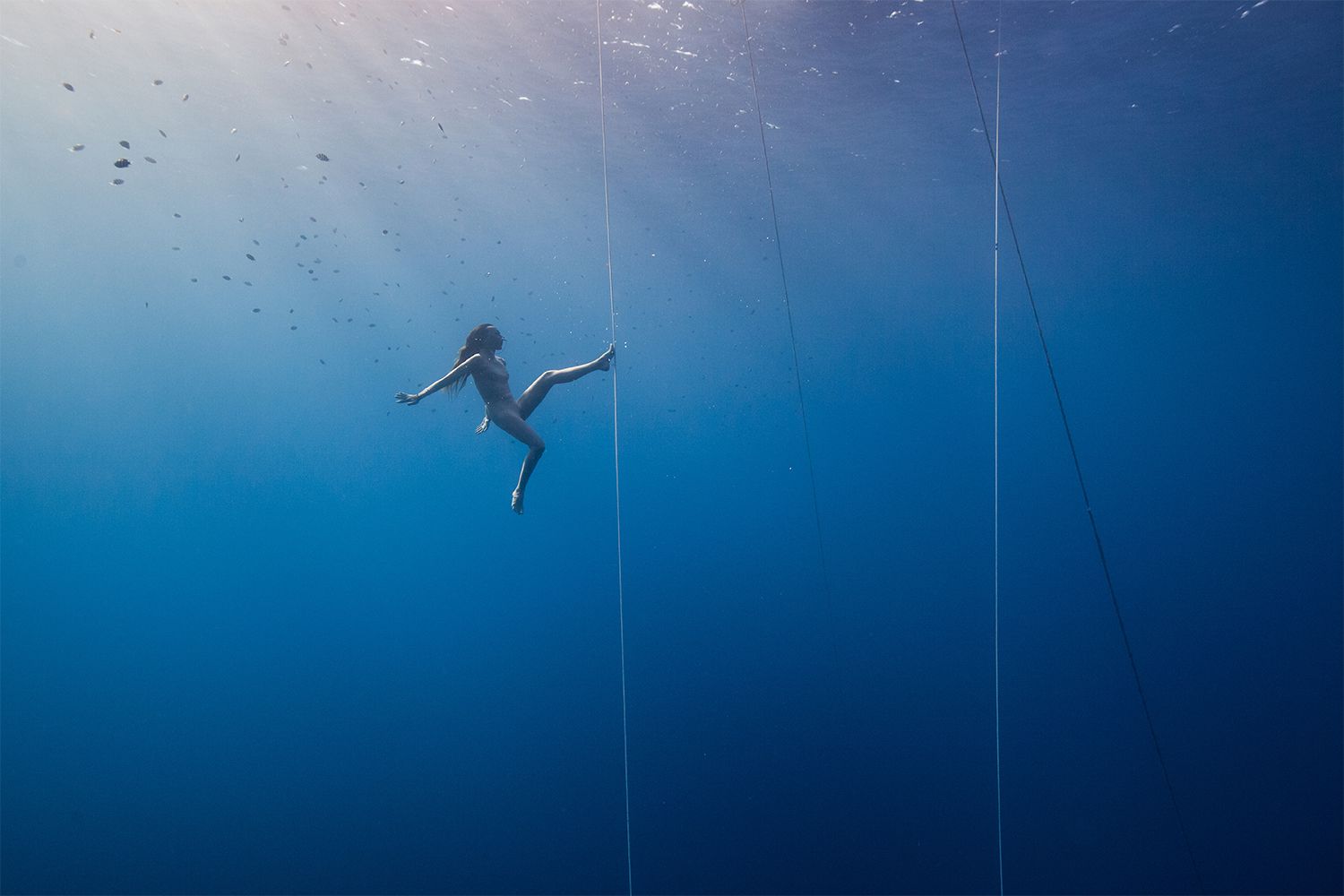





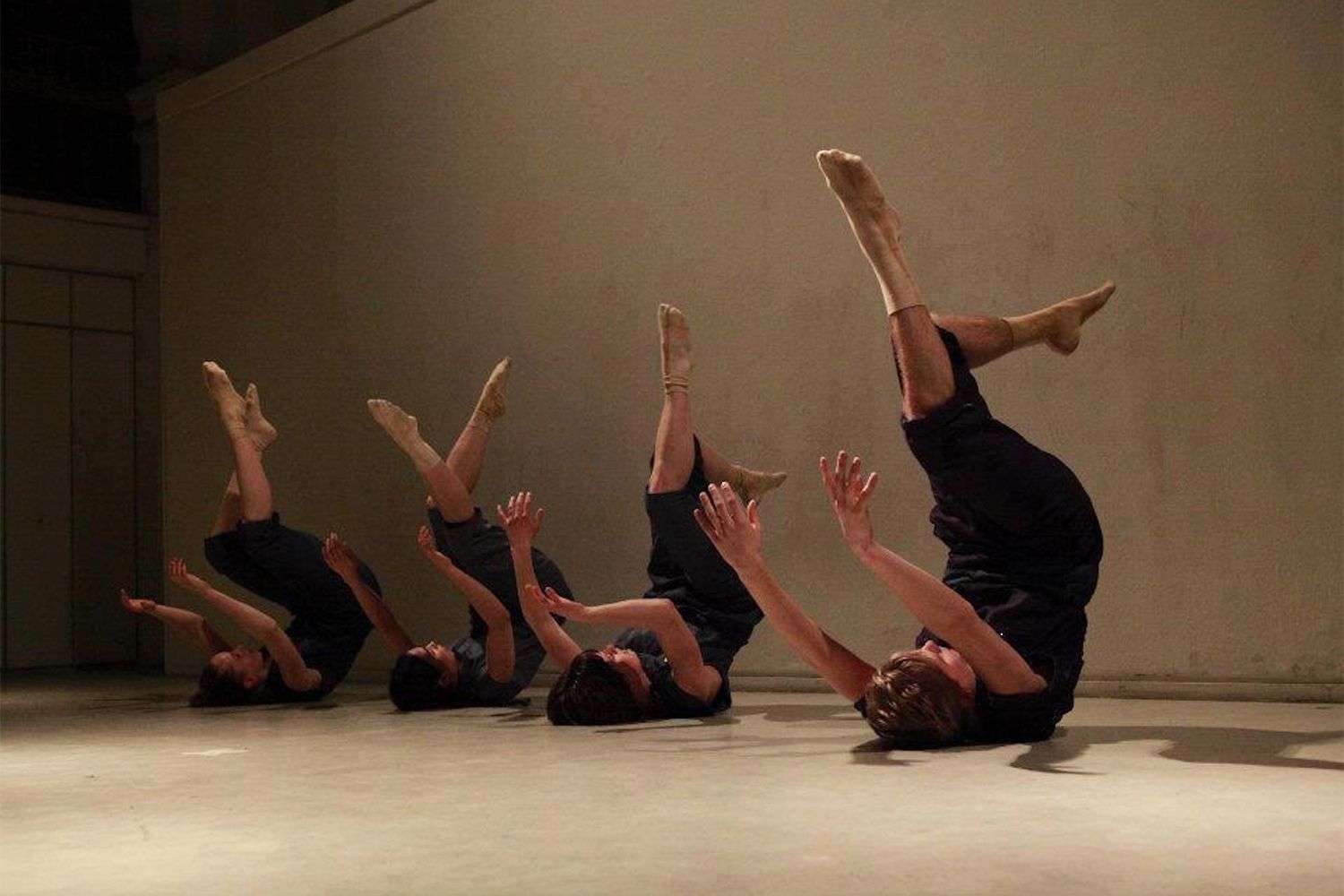



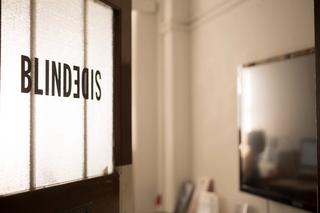

Uncommon Nature looks towards ideas of collective experience and the inherent multiplicity that is encapsulated within it both online and ‘in real life’ — somehow mirroring the nature of the Satellite project itself.
Referencing the multiple locations of the project, Satellite is a screen-based public art project that exists across multiple public locations in Melbourne (AUS), Sydney (AUS) and Auckland (NZ) simultaneously. The project examines notions of the public space, specifically the public square, and what it means for art to occupy these spaces and connect physically disparate audiences through a collective experience.
This program takes place on the land of the Wurundjeri people of the Kulin Nation. We recognise that sovereignty was never ceded - this land is stolen land. We pay respects to Wurundjeri Elders, past, present and emerging, to the Elders from other communities and to any other Aboriginal or Torres Strait Islanders who might encounter or participate in the program.
Martina Amati is an Italian film director and artist. Her films studies the human body crystallised in movement and the limits of its strength and fragility. She grew up close to the sea in Italy and water is a recurrent theme in her work. She lives and works in London.
Rä di Martino is a graduate of Chelsea College of Art and of the Slade School of Art. After spending a few years in London and New York she now lives and works in Italy. Her films, installations and photos have been shown in many institutions and film festivals including: Moma-PS1, NY; Tate Modern, London; MCA Chicago; Palazzo Grassi, Venice; Magasin, Grenoble; Fondazione Sandretto, Turin and HangarBicocca Milan; Artists Space, New York; NiMK Netherlands Media Arts, Amsterdam; the Busan Biennial; Manifesta; the Turin Triennal, Locarno and Torino International Film Festival, Viper Basel and Transmediale Berlin. With the medium length documentary The Show MAS Go On she has participated to the Venice Film Festival 2014, winning the SIAE award and Gillo Pontecorvo award, a special mention at Salina DocFest, and a Nastro d’argento for best doc-film 2015 and in 2017 has participated again at the Venice Film Festival with her first feature film CONTROFIGURA.
Jonathas de Andrade lives and works in Recife, Brazil. He uses photography, installation and video to traverse collective memory and history, making use of strategies that shuffle fiction and reality. Jonathas collects and catalogues architecture, images, texts, life stories and recomposes a personal narrative of the past. Past solo museum exhibitions include Museu de Arte de São Paulo (2016-17); The Power Plant, Toronto (2017); New Museum, New York (2017); and MCA Chicago (2019). Group exhibitions include 32a Bienal de São Paulo, São Paulo (2016); Unfinished Conversations: New Work from the Collection, The Museum of Modern Art MOMA, New York (2017); and Padiglione d’Arte Contemporanea, Milan (2018).
Panisk Organisk Kompagni Panisk Organisk Kompagni is a dance collective and an active choreography company founded by Viola Dröse and Stisa Søgaard in 2010. The concept of the company is that all the performances are a collaboration of artists from diverse art fields in order to experiment with stage performance. It is mainly working with movement, words, sound and space in different contexts. This collective cross-art work is displayed both on stage as well as in other constellations in possible or impossible sites and spaces.
Marjolijn Dijkman is an artist and co-founder of Enough Room for Space. Her works can be seen as a form of science – fiction; partly based on facts and research but often brought into the realm of fiction, abstraction and speculation. Solo shows include NOME, DE (2018), Munch Museum, w/ Toril Johannessen, NO (2018); Fig. 2 at ICA, UK (2015); IKON Gallery, UK (2011); Berkeley Art Museum, US (2008). Group shows include Contour Biennale 9, BE (2019); 21st Biennale of Sydney, AU (2018); 11th Shanghai Biennale, CN (2016); 7th Mercosul Biennial, BR (2009) and the 8th Sharjah Biennial, UAE (2007).
Berit Dröse Berit Dröse (DK / D), lives and work in Copenhagen, Denmark. She is a multidisciplinary visual artist. From 2017-2019 she was one of eight danish artists chosen to represent Denmark at the JCE Biennale (Jeune Creation Europeénne).The JCE Biennale is a network linking different European cities with focus to promote young artists. The Biennale was shown in seven different european cities such as Le Beffroi Montrouge, Paris, Science and Art Center "Bruzis", Cesis, Latvia and Intact Foundation, Cluj, Romania. Dröse is educated from Kunsthochschule Berlin Weißensee, Germany and the The Jutland Academy of Fine Arts in Denmark. She works with visual spaces, sculptures and installations that point to other dimensions. Circles around the connection between a physical and a mental reality.
Budhaditya Chattopadhyay is an award-winning media artist, composer, researcher, and writer; he holds a PhD in artistic research and sound studies from the Academy of Creative and Performing Arts (ACPA), Leiden University, The Netherlands. Currently, Chattopadhyay is a Mellon Postdoctoral Fellow at the Center for Arts and Humanities, American University of Beirut. Prior to the PhD, he has graduated from India’s national film school, and completed a Master of Arts degree in new media and sound art from Aarhus University, Denmark. Focusing on sound as primary medium, Chattopadhyay produces works for large-scale installation and live performance broadly dealing with contemporary social and political issues.
Lucie McIntosh is an artist, curator and writer with a deep commitment to the independent arts community. She is currently a Director and Program Curator of Blindside, an independent, artist–run space based in the City of Melbourne. Lucie’s exhibition and research based practice explores process of signification and, more specifically, in how the process of signification might be made visible through the content of an artwork. Her practice emphasises the inherently plural and personal nature of meaning—reminding us of, and celebrating, our agency in its creation. Lucie is interested in the many ways that ‘the image’ can be expanded and consumed in political and philosophical contexts. Her practice relies on plurality and intertextuality—each artwork compulsively referencing its many varieties of self, content, history and maker.
Dario Vacirca creates and facilitates solo and collaborative art projects and programs working across borders, art forms and models of creation. His multiplatform projects bring together artists and non-artists in the creation of aesthetically rich and politically charged interdisciplinary artworks. Dario was Artistic Director of OSCA & Well Productions, designing and directing international touring works and setting up platforms of exchange and collaboration across Oz and elsewhere. He is currently a PhD candidate, undertaking practice led research into modes and methods of critical dreaming, embodied resistance and transformation of geo-politics to geopoetics.
Related
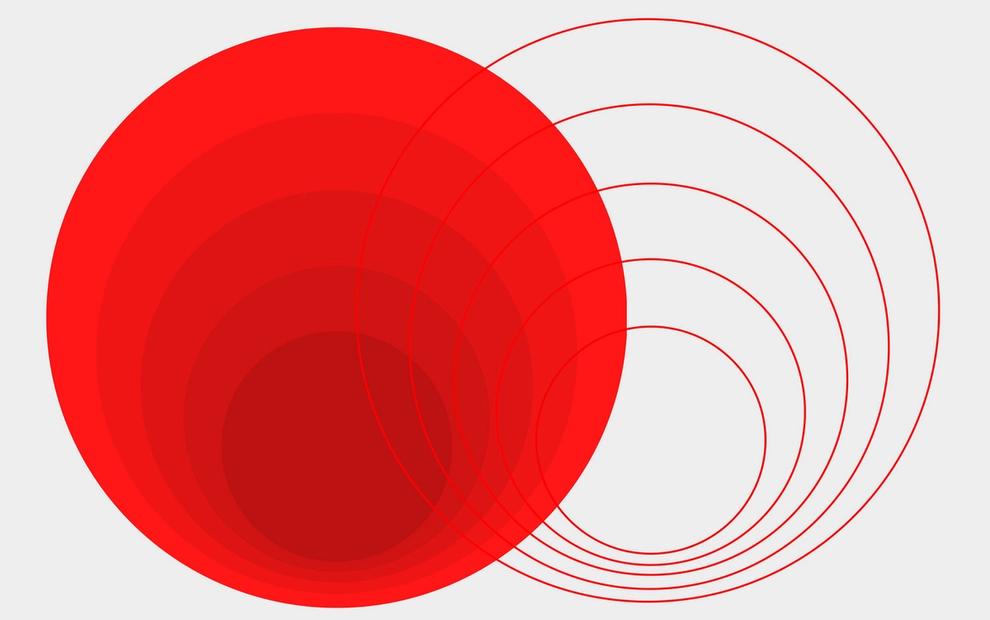
28 May 2020
Artist* Led Economy: Basic Income and the Case for a Freed Future
Thomas Kern, David Pledger, Charmaine Crowe, Loriana Luccioni, Greg Marston, Rebecca Conroy, Nat Grant, Nick McGuigan, Vivian Gerrand, Nithya Iyer, Yoni Molad, Citizen Coombs, Devika Bilimoria, Amy Hanley, Mel Senter
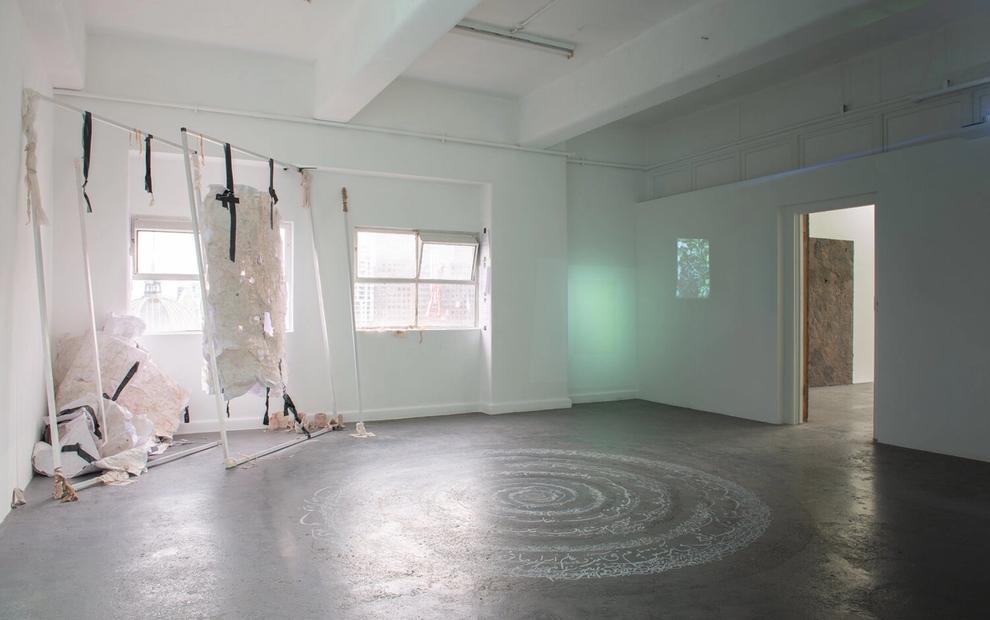
6–22 Feb 2020
Debut XVI: To Love it All Again
Farnaz Dadfar, David Green, Edwina Green, Daniel R Marks, Juan Rodriguez Sandoval, Tina Stefanou, Sarah Ujmaia, Stephanie Symington
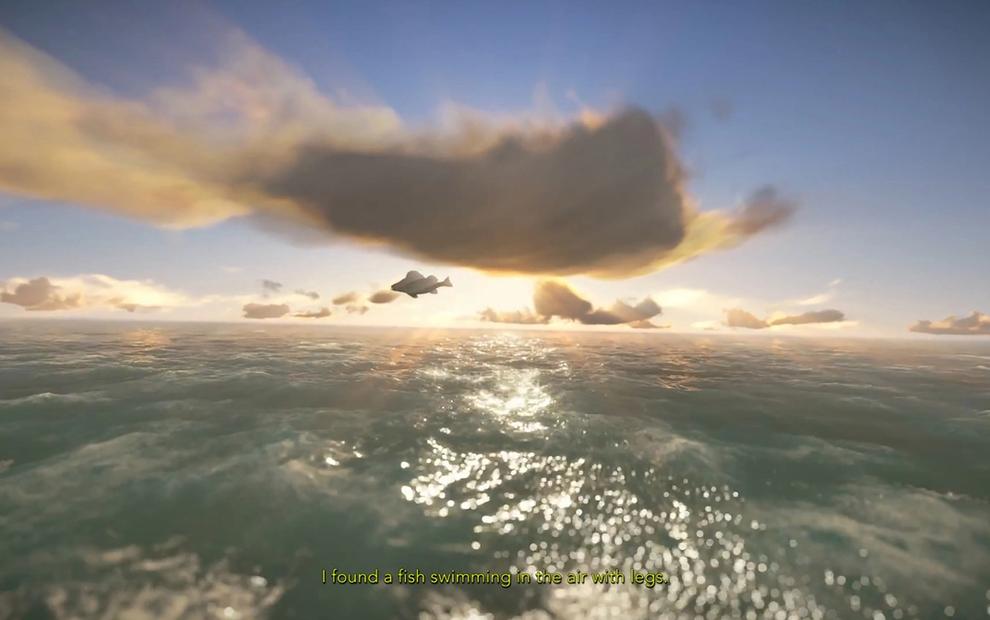
1 May–31 Jul 2021
Under a Different Sky
Electronic Disturbance Theater 2.0/b.a.n.g. lab (EDT), Mohamed Chamas, Diogo Evangelista, Tzu Huan Lin






